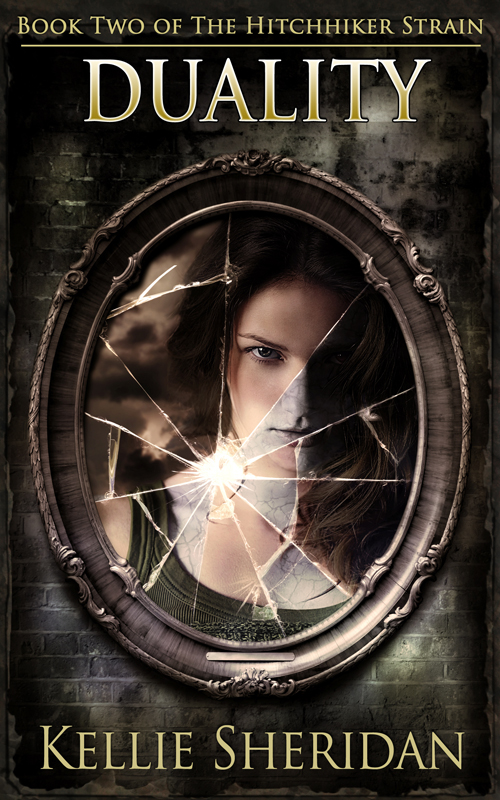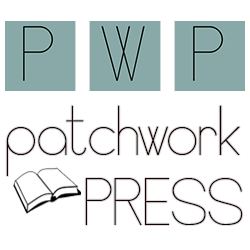 ReaWrite- Please introduce yourself, tell us a little about your books and who you are.
ReaWrite- Please introduce yourself, tell us a little about your books and who you are.Susan- I wrote my first book that got published (Just Morgan) my last semester in college. Since then, I’ve written over 70 books, for children and teenagers. I’d always wanted to be a writer, so it seemed to make sense that I turned professional at such a young age.
My career has had many many ups and downs. I’d almost given up on writing when Life As We Knew It sold. Since then, all the news has been good. Well, maybe not all the news,but enough of it that I don’t mind the bad news when it happens.
ReaWrite- When you’re not writing, how do you keep busy?
Susan- I don’t know. Even when I’m not writing, I’m writing, answering fan mail and fan emails. I have a blog that takes a fair amount of time and attention (if for no other reason, than I pose my cat Scooter for pictures to liven things up).
I’m also reading a lot more than I had been. And I’m plowing my way through unwatched DVDs. Last night I watched 12 Angry Men, and it was unintentionally fascinating. It questioned the validity of eyewitness testimony (very forward of it), but it also made the jury process seem like a parlor game, where it helps to be softspoken and good looking.
I also have a lot of friends, and a 100 year old mother.
ReaWrite- How much research went into planning this series? Were there any areas you had to take license with your research in order to make the story work?
Susan- One of the things I really like about writing fiction is you get to make stuff up. And the thing is, when I wrote Life As We Knew It, I didn’t think of it as science fiction. I thought it was a family problem novel, with a really really big problem. So I never thought of doing research.
Susan- One of the things I really like about writing fiction is you get to make stuff up. And the thing is, when I wrote Life As We Knew It, I didn’t think of it as science fiction. I thought it was a family problem novel, with a really really big problem. So I never thought of doing research.
I knew the moon controls the tides and I knew that when the right kind of volcano erupts, cloud cover can kill off sunlight, and the lack of sunlight can make crops die. I knew a flu epidemic could prove to be fatal to huge amounts of population.
My brother came up with a couple of suggestions (the loss of offshore oil rigs, and the loss of communication satellites).
But for me the story was how does a family cope with a worldwide catastrophe. I felt (I still feel) that the important thing was to get the feelings right.
ReaWrite- The first two books in this series follow completely different characters. Which book was harder to write and why?
Susan- The Dead And The Gone was definitely harder. That was a book I had to do research for, since I’m not a Catholic, and Alex’s religion is very important to him, and I don’t speak Spanish, which is Alex’s second language. Google was definitely my friend on that one.
Also, I had to follow the timeline I’d established in Life As We Knew It. As a matter of fact, I had intended The Dead And The Gone to go longer until I discovered I’d written a second snowstorm scene in Life As We Knew It. I couldn’t cope with a second storm, so I rearranged the story, and the book ends before New Year’s, while Life As We Knew It goes into March.
Finally, while I’m not Miranda, the main character in Life As We Knew It, I’m a lot more like her than I am like Alex.
So Life As We Knew It was definitely easier, but I take more pride in The Dead And The Gone.
ReaWrite- How did the idea for this story come to you? What made you take the less traditional approach of focusing on day to day survival rather than a more adventure driven story?
Susan- I was killing time one afternoon, and for some reason I had the TV on. I ended up watching a movie called Meteor, the standard end of the world kind of thing, but it got me thinking about what it would be like to be a teenager living through a worldwide disaster. Since I love writing about families in difficult situations, the idea really appealed to me. I did about 3 weeks worth of pre-writing, and then began the book.
Generally, in disaster stories there’s a scene I call Leaping The Lava. The hero is trying to escape a volcanic eruption, while protecting a variety of character actors, children, and heroines. As the lava streams down, the hero says, “Climb on my back, and I’ll leap over the lava.” Which he then does.
I have no ability to write a leaping the lava scene. Frankly, I have trouble watching them and keeping a straight face. So I knew as soon as I began the pre-writing, that there weren’t going to be any leaping the lava scenes. I was far more interested in how you do your laundry when the world comes to an end.
ReaWrite- What prompted you to tell these stories from the perspectives of teenagers rather than adults?
Susan- It never occurred to me to write from an adult perspective. My career has been devoted to writing books with kids as the main characters.
I did want Mom to feel like a real person, and not just the mother in a YA novel. But I simply never thought of writing the book from her point of view.
ReaWrite- How much of This World We Live In was planned from the get go, and how much evolved as your wrote the first two stories?
Susan- I love the term get go. I usually spell it get-go, but to be honest, I have no idea whether I should or not. Either way, it’s one of my favorite things to say.
Okay, back to This World We Live In. Here’s what happened.
I loved writing Life As We Knew It. It was one of those books that was very involving to write. I figured since I loved it so much, and wanted to know what happened next, people who read it would love it and want to know what happened next. Or at least they’d want to know what happened next.
So I said to my editor, “Let me write a sequel so I can find out what happens next.” And my editor said, “No.”
I gave it a fair amount of thought, and said, “How about if I write a book about the exact same catastrophe but with a different set of characters.” And my editor said yes.
What I didn’t tell my editor was I figured I’d write the second book with a boy and then I’d write a third book where the boy and the girl would meet. So I’d get to find out what happened next.
It took a long time to convince my editor that I should write that third book, but eventually she agreed, and I wrote This World We Live In. And it was very tricky, since there was a three month gap between the end of Life As We Knew It and The Dead And The Gone.
So get go or get-go, it was completely unplanned!
ReaWrite- Without giving too much away, what were the hardest scenes for you to write?
Susan- I don’t remember anything being hard in Life As We Knew It, although there was at least one fairly minor thing I changed, and my editor helped me tighten the book.
In The Dead And The Gone, there was a note Alex found that his sister Bri had written, and I had to get the note absolutely perfect, and that was a challenge.
And finally, I had some trouble working out the ending of This World We Live In. I knew the basic concept, but I changed the characters around a lot.
But mostly all three books were a lot of fun to write.
ReaWrite- Do you have any upcoming titles we should all be on the lookout for?
Susan- My most recent book, Blood Wounds, came out a few months ago. And I’ve been putting some of my older titles (The Year Without Michael, Evvie At Sixteen) on Kindle and Nook.









AWSOME, I LOVE THIS BOOK.KEEP UP THE GOOD WORK